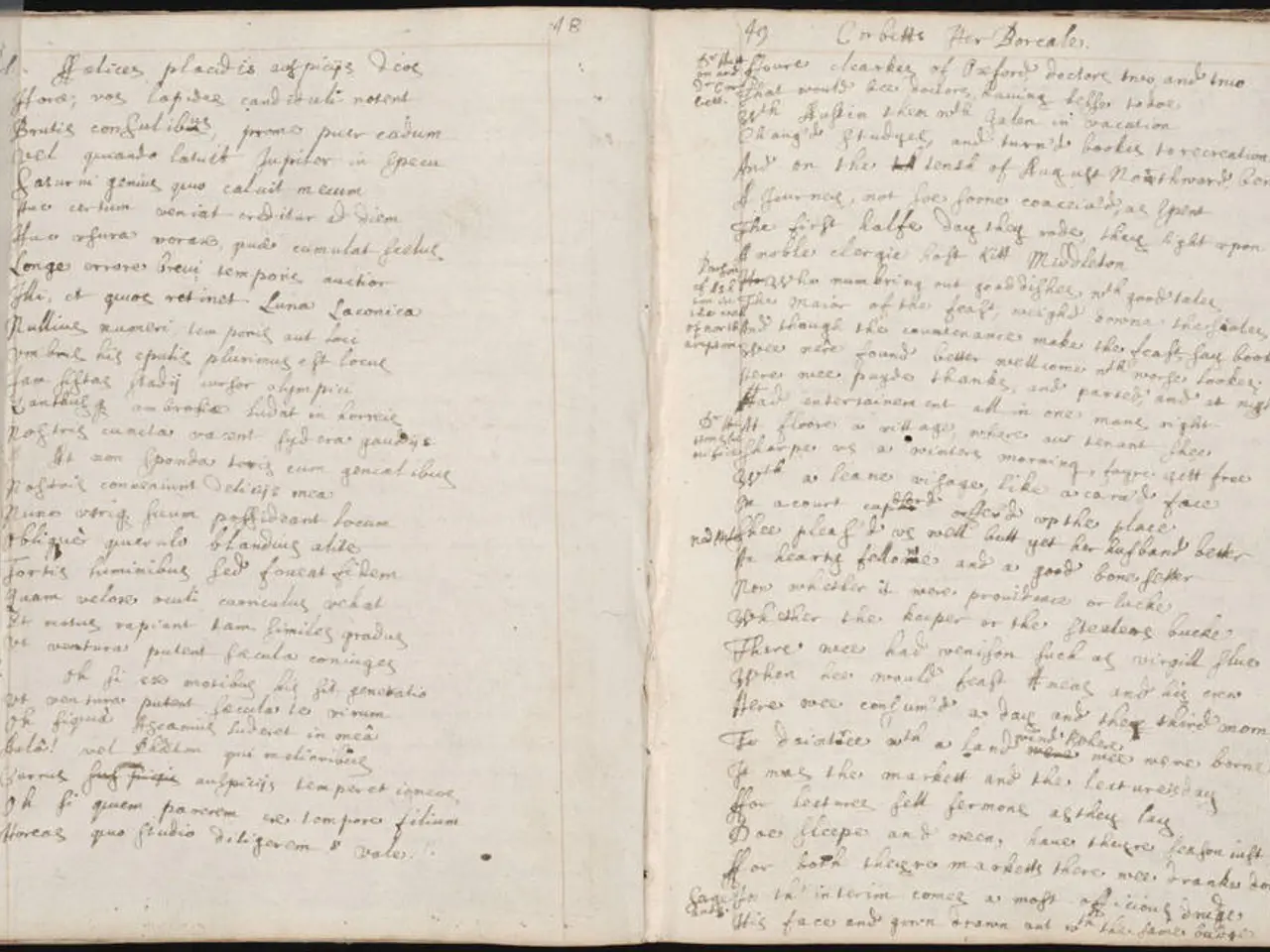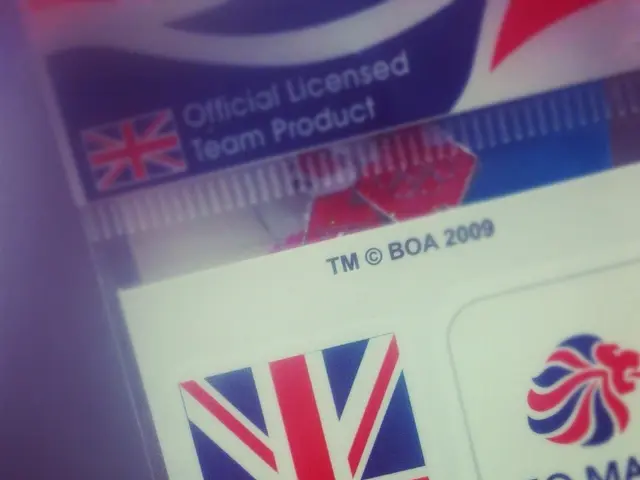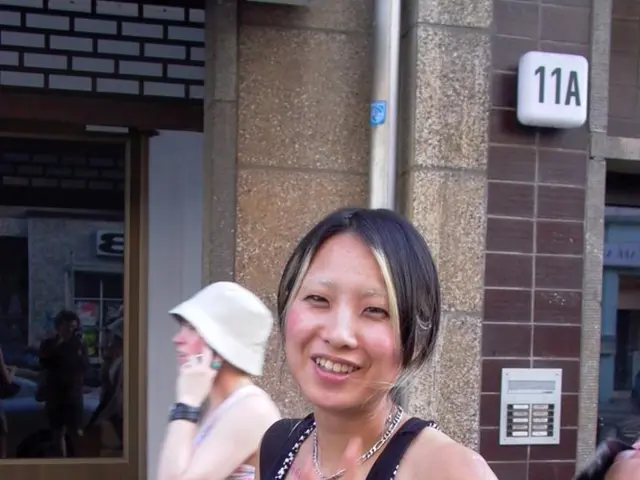Strategies for Maximizing Your Research Expedition Experience:
Destination thriller authors have long understood the importance of immersing themselves in the locations and experiences that will feature in their novels. By treating research trips as immersive, experiential investigations, they are able to create richer, more believable stories.
One such author, who has written several destination thrillers set in diverse locations such as Bali, Tasmania, the Philippines, a beach hut, a Fijian island, a Greek villa, Norway, and Morocco, has learned to plan their trips more carefully and keep them focused. They have spent half of their advance on a research trip in the past, but now they approach their trips with a more strategic mindset.
The author's research trips are not just a chance to soak up the sun and enjoy the scenery; they are a vital part of the writing process. By timing the trip appropriately, the author is able to shape the storyline and character development, leaving room for fresh insights and changes inspired by the experience.
During their trips, the author engages all their senses and absorbs the local nuances, from the landscapes and sounds to the smells, culture, and atmosphere. Tasting regional foods, visiting specific landmarks, and experiencing local activities help make scenes authentic and vivid on the page.
To capture the richness of the places and moments, the author takes copious notes and photographs during their trip. These become invaluable references for recreating settings and scenes later in their writing. The author also allows the story to evolve organically, as experiencing the destination firsthand prompts unexpected ideas and deeper character insights.
The author focuses their research on the plot and characters, defining the type of mystery or thriller they want to write and identifying key players and motives. This focus helps them gather relevant information related to the plot, such as local laws, cultural tensions, or crime specifics, enhancing authenticity.
Some writers replicate journey elements from their research trips in their stories, embedding realistic travel dynamics and interactions among characters. For example, the author learned to sail and traveled to the Philippines for six weeks to research for their novel "No Escape," which was set on a sailing boat in the Philippines.
The author also creates a wish list for their research trips, including specific questions about the places they visit. They prefer to immerse themselves in a place, soak in the flavors, absorb the atmosphere, and be curious about how somewhere feels.
Creating a mood-board for the office can help keep the setting of a book fresh in the author's mind during the writing process. However, many writers also create rich worlds without leaving their desks, using the internet as their research tool of choice.
The author considers research trips as an essential part of their job, as they help the book come to life. In fact, research trips can be tax deductible, provided that the trip is wholly and exclusively for business purposes and receipts are kept.
In summary, successful destination thriller authors treat research trips as immersive, experiential investigations that inspire and inform every aspect of their novels—from setting and atmosphere to plot twists and character development—ultimately creating richer, more believable stories.
- By carefully planning and focusing on their research trips, the author immerses themselves in local experiences, using sights, sounds, smells, tastes, and culture to create authentic and vivid stories set in various locations, such as Bali or the Philippines.
- During these trips, the author integrates elements of travel into their novels, embedding realistic travel dynamics and interactions among characters, as in their novel "No Escape," which was set on a sailing boat in the Philippines, where they had spent six weeks researching.




